18 Wild Animals in Czech Republic [Wildlife in Czech Republic]
Want to know more about wildlife in the Czech Republic?
Discover 18 wild animals in Czech Republic in this post, as well as interesting facts about them. 🇨🇿
TABLE OF CONTENTS [show]
Learn All About Czech Animals
Ready to learn all about Czech animals?
I’ve always been fascinated by animals, and by how they can be so different from one country to another. In this guide, we’ll focus on the many animals the Czech Republic has on the land, in the sky, and under water.
I’ve split the guide into 4 categories:
- Native animals from the Czech Republic
- Endangered animals of Czech Republic
- What is the Czech Republic national animal?
- How many animals native to the Czech Republic?
Let’s dive in right away with our first category!
Native Animals from the Czech Republic
The Czech Republic is a landlocked European country located in the eastern part of the continent. It is one of the best countries to live in on the planet, and it used to be known as Bohemia. It is bordered by Germany, Poland, Slovakia, and Austria, and its capital and largest city is Prague, which counts more than 1,335,000 inhabitants (but more than 2,709,000 if you include the metropolitan area).
An interesting part of the country that I wanted to tackle is its wildlife. In light of that, I have listed the best of it, and I hope you will love learning what animals live in the Czech Republic.
Here’s the Czech Republic animals list.
1. Eurasian beaver
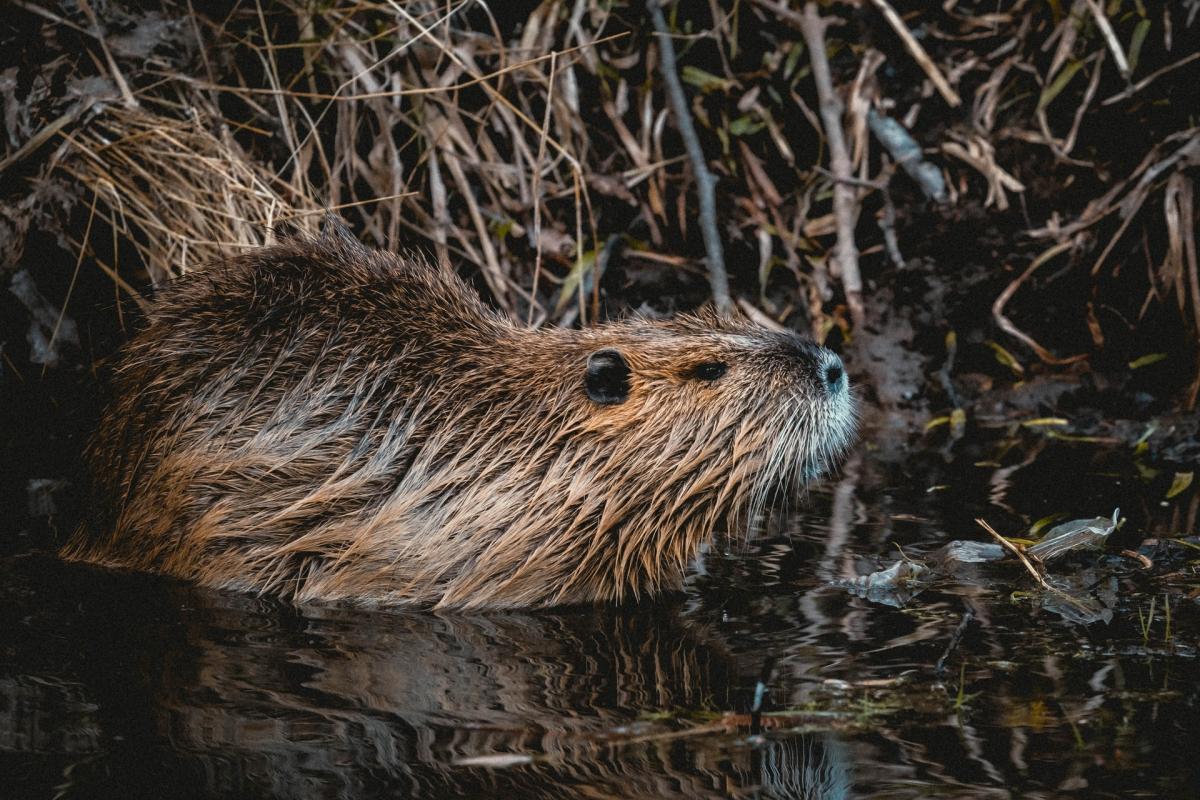
- Name: Eurasian beaver
- Scientific name: Castor fiber
- Conservation status:
The Eurasian beaver, also known as the European beaver, is a species of beaver that was once widespread in all of Eurasia, but almost disappeared from the surface of the globe. At the beginning of the 20th century, it was hunted to near extinction for its fur and castoreum, with only about 1,200 individuals remaining. After that, it slowly but steadily recovered, and can now be found in most of its former range.
2. Chamois
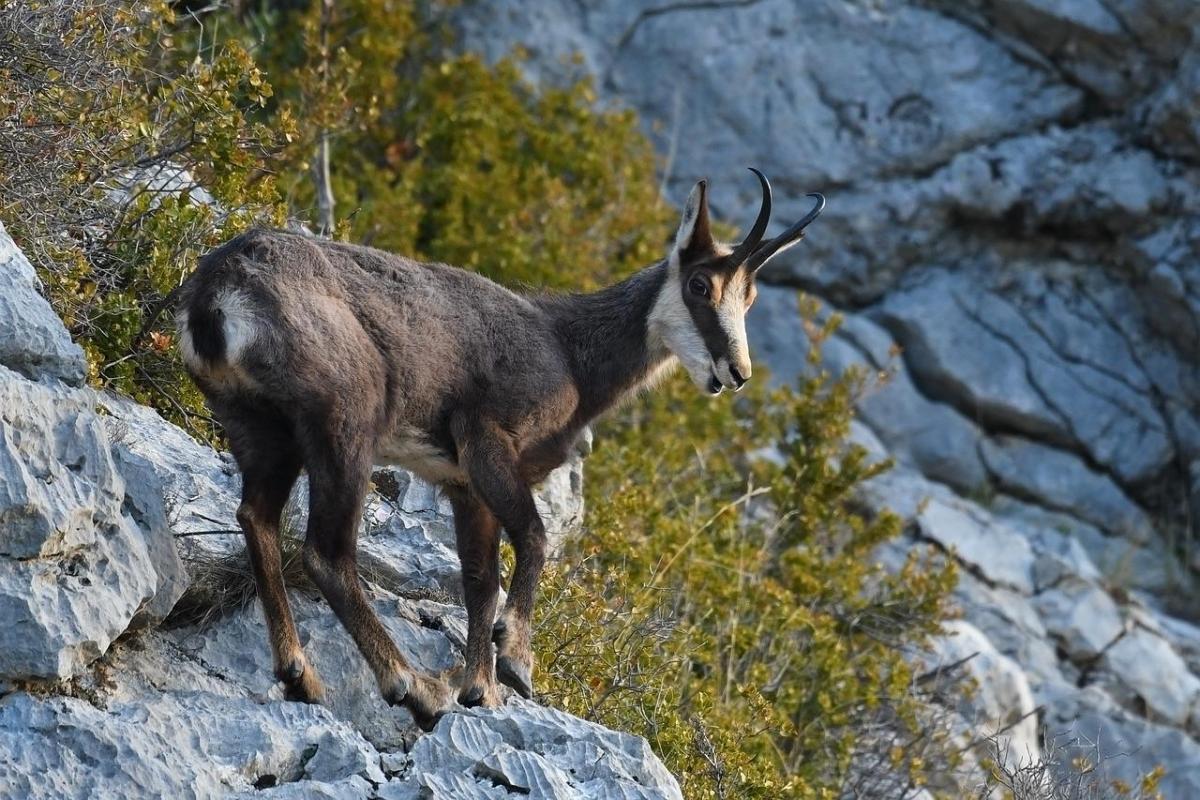
- Name: Chamois
- Scientific name: Rupicapra rupicapra
- Conservation status:
The Czech Republic is filled with hills and mountains, the perfect environment for the chamois. This species of goat-antelope is native to the mountains of Europe and has also been introduced to the southern part of New Zealand.
The chamois has a distinct behavior whether it is male or female: while the first ones live a solitary life, the latter prefer staying in herds of about 15 to 30 individuals, with their young.
3. Carpathian wisent
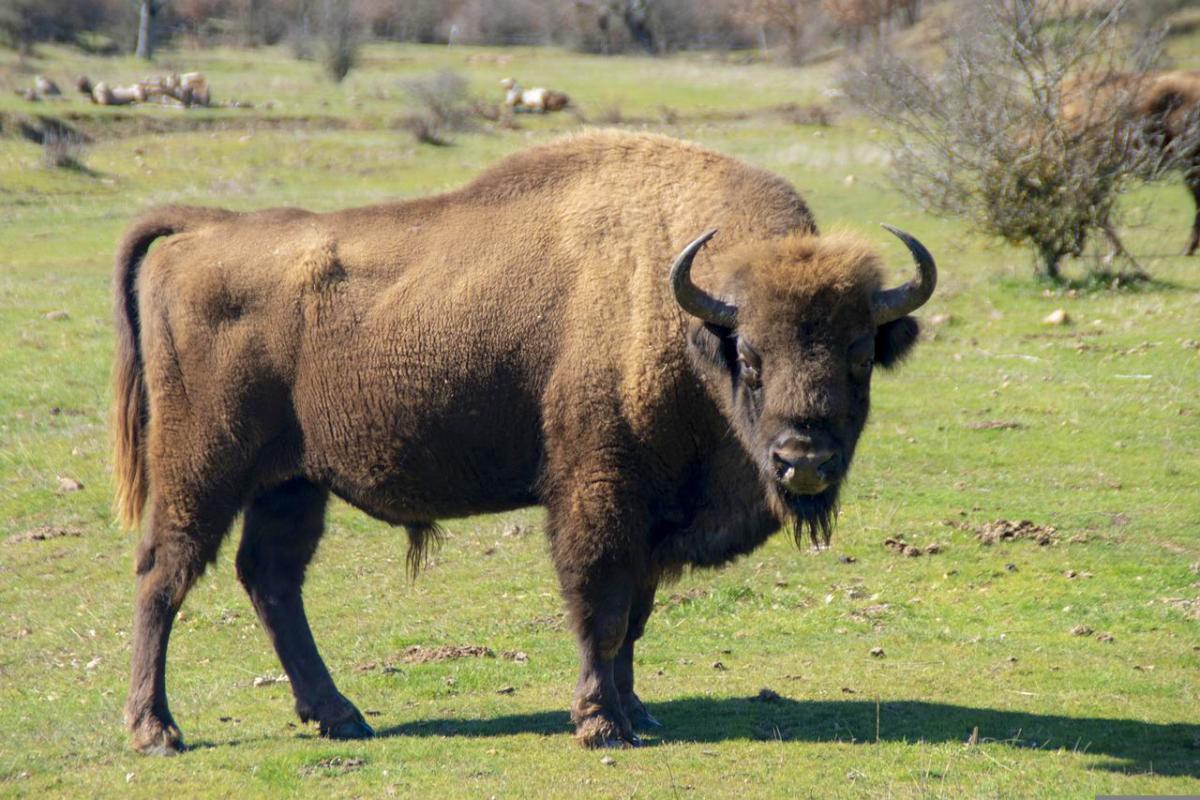
- Name: Carpathian wisent
- Scientific name: Bison bonasus hungarorum
- Conservation status:
The Carpathian wisent was a subspecies of the European bison. It was native to the Carpathian Mountains, hence its name, but also to Transylvania and Moldavia. It had a very close cousin, the Caucasian wisent, which also disappeared about a hundred years later: the last Carpathian wisent was shot in 1852.
As far as we know, this wisent had a dense brown coat with a short neck, a high head, and curved horns found in both sexes.
4. Moose
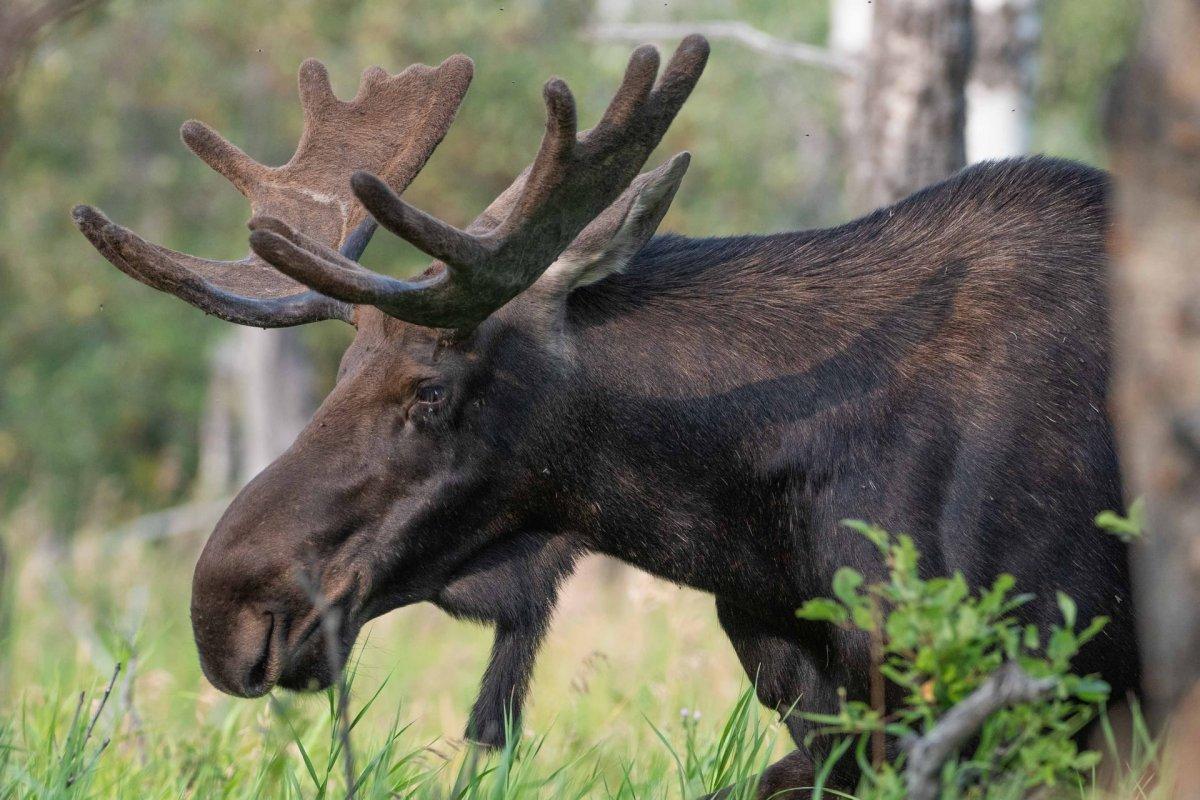
- Name: Moose
- Scientific name: Alces alces
- Conservation status:
The moose, also known as the elk, is yet another species of even-toed ungulate that can be found in the Czech Republic. It is the largest of all deer species, standing at 1.4 to 2.1 m / 4 ft 7 in to 6 ft 11 in, and having antlers as well.
It feeds on terrestrial and aquatic vegetation, and its main predators are humans, bears, wolves… and sometimes wolverines. Surprisingly enough, the moose is a solitary animal, after getting chased away by its mother at the age of 18 months.
5. Eurasian lynx
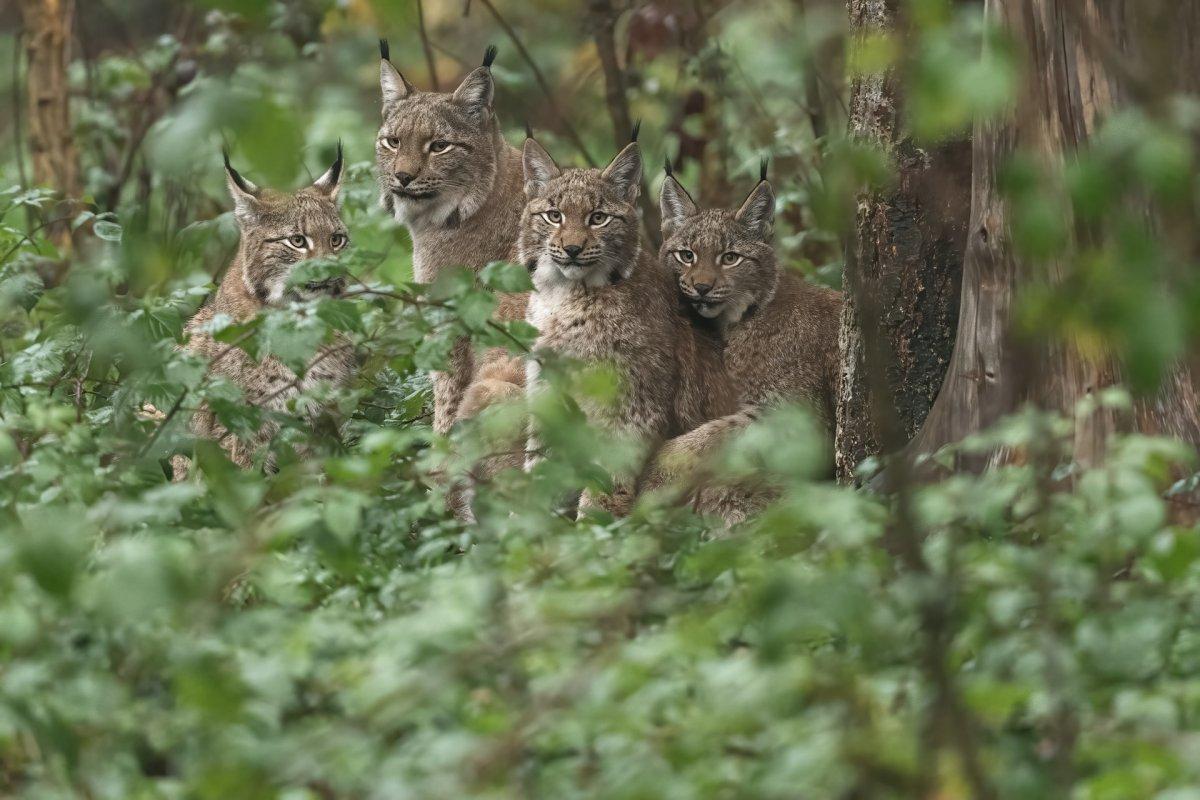
- Name: Eurasian lynx
- Scientific name: Lynx lynx
- Conservation status:
The Eurasian lynx is one of the most iconic animals you will find in the Czech Republic. It is an elusive species of medium-sized wild cat that inhabits the heights of the mountains, at up to 5,500 m / 18,000 ft.
The lynx can be found in Europe but also as far as northwestern Russia and the Himalayas. It feeds on small to fairly large mammals as well as birds.
6. Brown bear
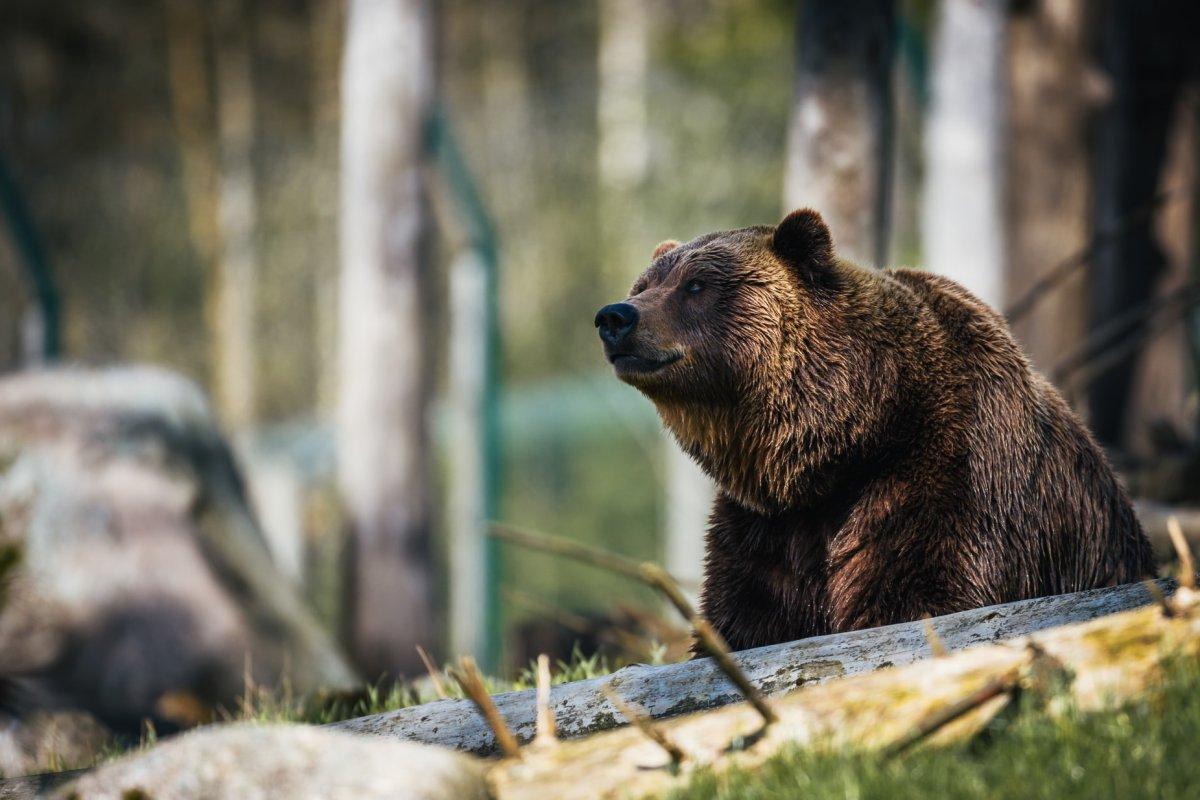
- Name: Brown bear
- Scientific name: Ursus arctos
- Conservation status:
The brown bear is a species of large bear native to Eurasia and North America, where it is locally known as the grizzly bear. It is one of the largest species of terrestrial carnivore, as only its very close relative, the polar bear, is the only one that surpasses it. The brown bear is in fact much more variable in size and weight.
Despite its name, the brown bear is not always brown, but can also be reddish, whitish, or yellowish.
7. European mole
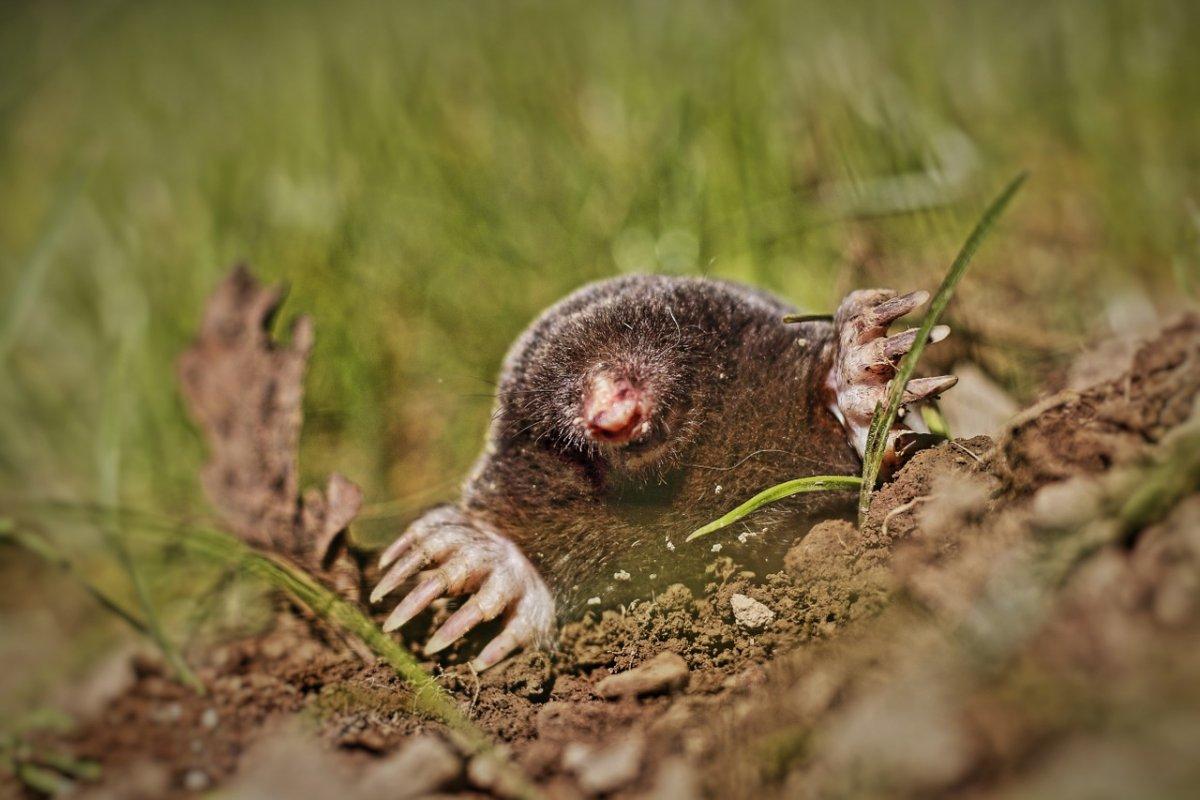
- Name: European mole
- Scientific name: Talpa europaea
- Conservation status:
The European mole, also known as the northern mole and the common mole, is a species of mammal native to most of Europe (except for its southern parts) and into Russia and Asia. It lives in a tunnel system that constantly expands, and hunts its prey with it: insects, centipedes, earthworms, shrews and mice are all on the menu.
The famous molehills you can easily see are a result of the displaced earth. Finally, its saliva is fairly toxic, and it paralyzes the earthworms it feeds on!
8. European rabbit
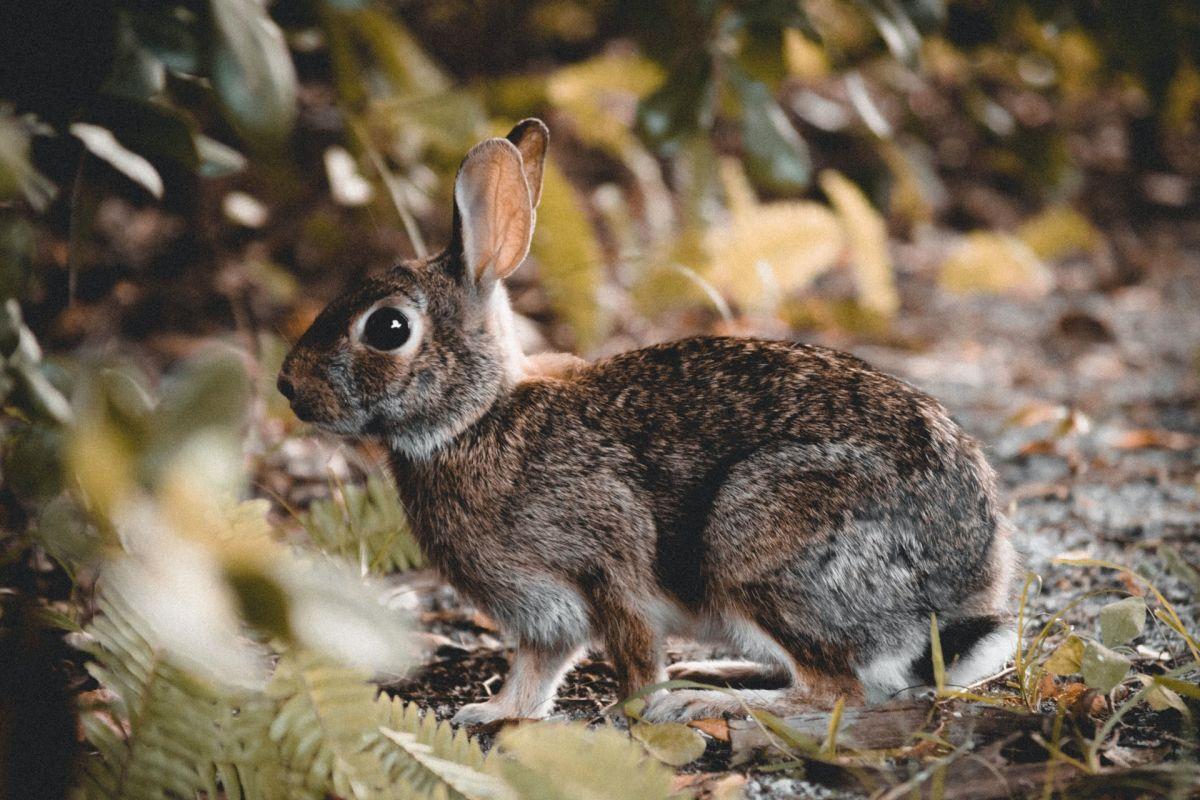
- Name: European rabbit
- Scientific name: Oryctolagus cuniculus
- Conservation status:
The European rabbit, also known as the coney, is a species of rabbit native to the Iberian Peninsula, western France, and northwest Africa, in the Atlas mountains. It has been introduced in many other countries, namely the rest of Europe, Australia and New Zealand, and South America.
This rabbit spends its time in burrows, called warrens, and is considered endangered due to overhunting and diseases. Depending on the country though, it is more or less thriving.
9. European hedgehog
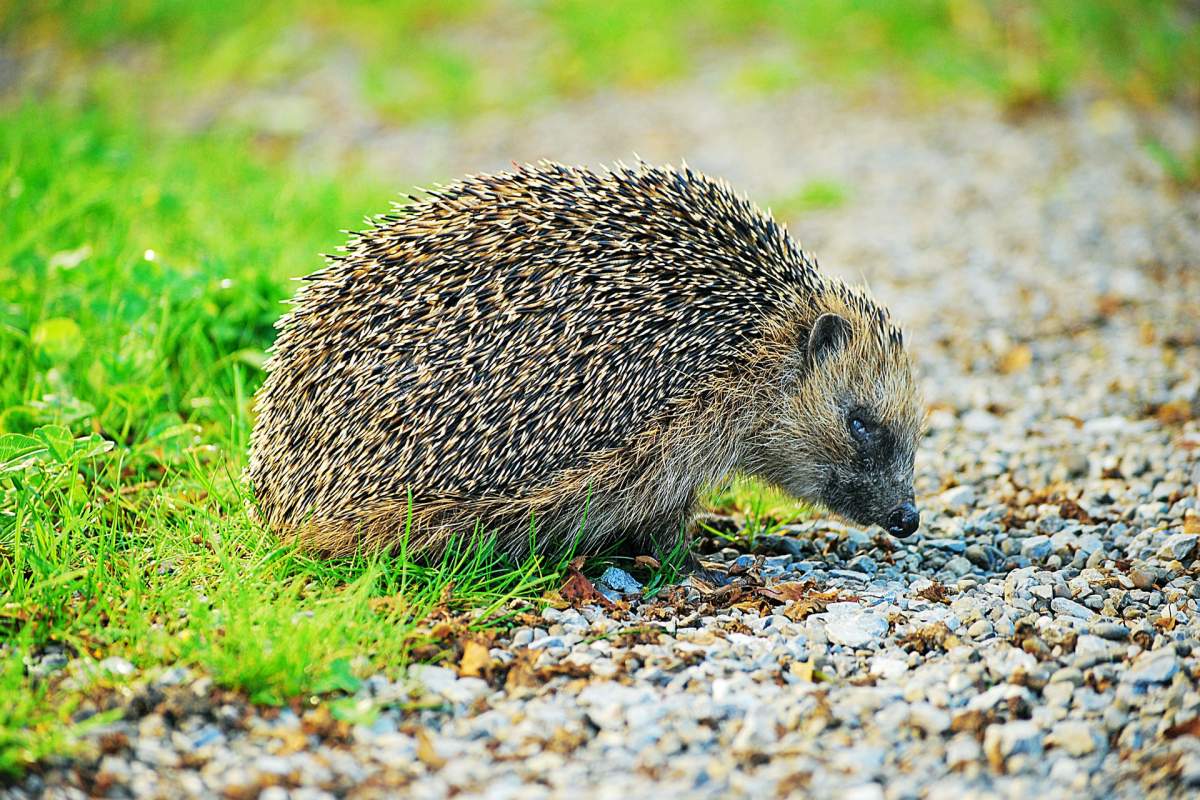
- Name: European hedgehog
- Scientific name: Erinaceus europaeus
- Conservation status:
The European hedgehog, also known as the common hedgehog, is a species of hedgehog native to western and northern Europe. It can easily be seen in gardens, close to humans, where it is considered helpful, as it feeds on a wide variety of pests.
This animal is indeed an insectivore that majorly feeds on earthworms, but also beetles, slugs, snails, and caterpillars. It hibernates during the winter, and breeds afterward: it has a gestation of 31 to 35 days.
10. Horse-leech
- Name: Horse-leech
- Scientific name: Haemopis sanguisuga
- Conservation status:
An animal we don’t talk about enough is the leech. And, believe it or not, there are 20 species of leeches in the Czech Republic.
This one, commonly known as the horse-leech, is a freshwater species. It can be found across most of Europe and in Asia, usually in shallow parts of lakes, ditches, rivers, and ponds. It can move by swimming and attaches itself to its prey. Interestingly enough, it is a hermaphrodite, just like other leeches!
11. Great bustard
- Name: Great bustard
- Scientific name: Otis tarda
- Conservation status:
The great bustard is a species of bird in the bustard family and the only member of its genus. It can be found in Europe and western and eastern Asia. In Europe, it is mostly resident, while it migrates to Asia.
Though it can be found in many countries, 60 percent of the world’s population of great bustards dwells in Portugal and Spain. Also, it became extinct in Great Britain in 1832.
12. Fire salamander
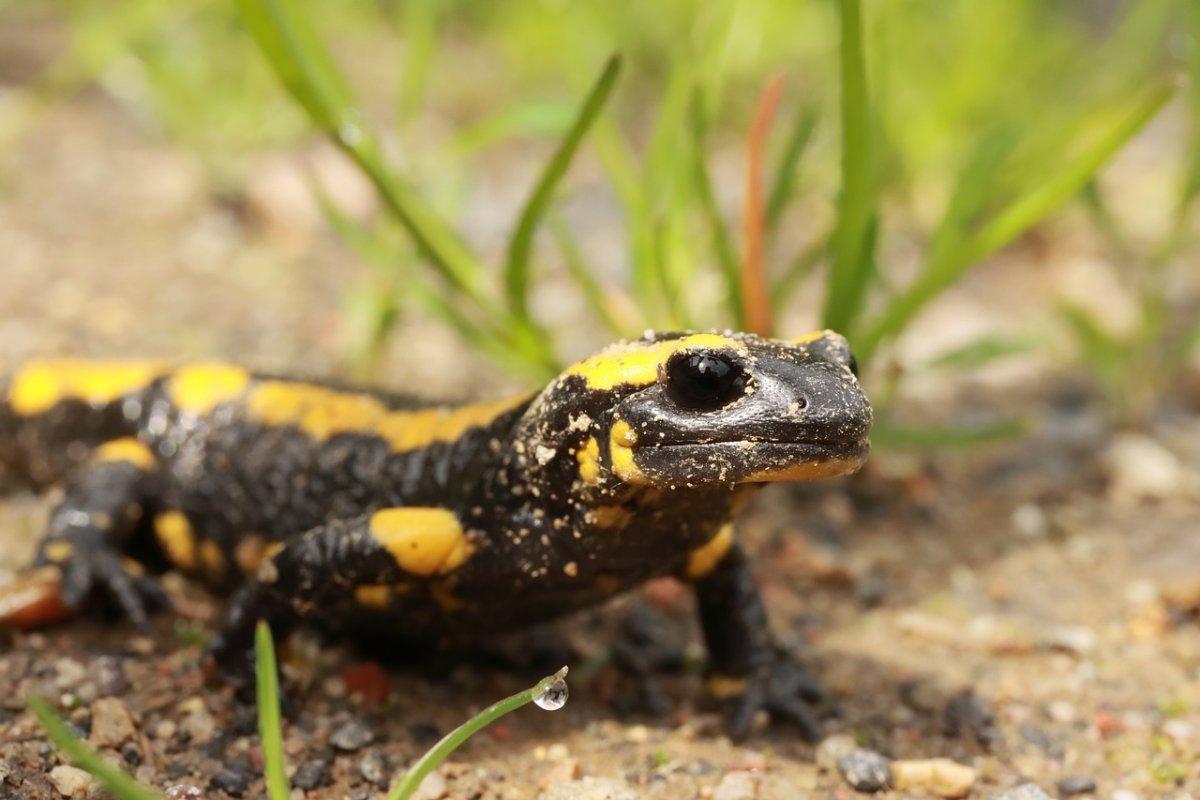
- Name: Fire salamander
- Scientific name: Salamandra salamandra
- Conservation status:
The fire salamander is a species of salamander native to Europe. It is black with yellow spots or stripes, and can even be entirely black, or mostly yellow. Sometimes, red and orange may appear as well.
Surprisingly enough, fire salamanders can live very long, up to 50 years! They live in forests and are toxic: they cause hypertension and hyperventilation to all vertebrates. If you want to avoid toxins, it is actually pretty easy: just don’t touch the colored spots!
13. Pond slider
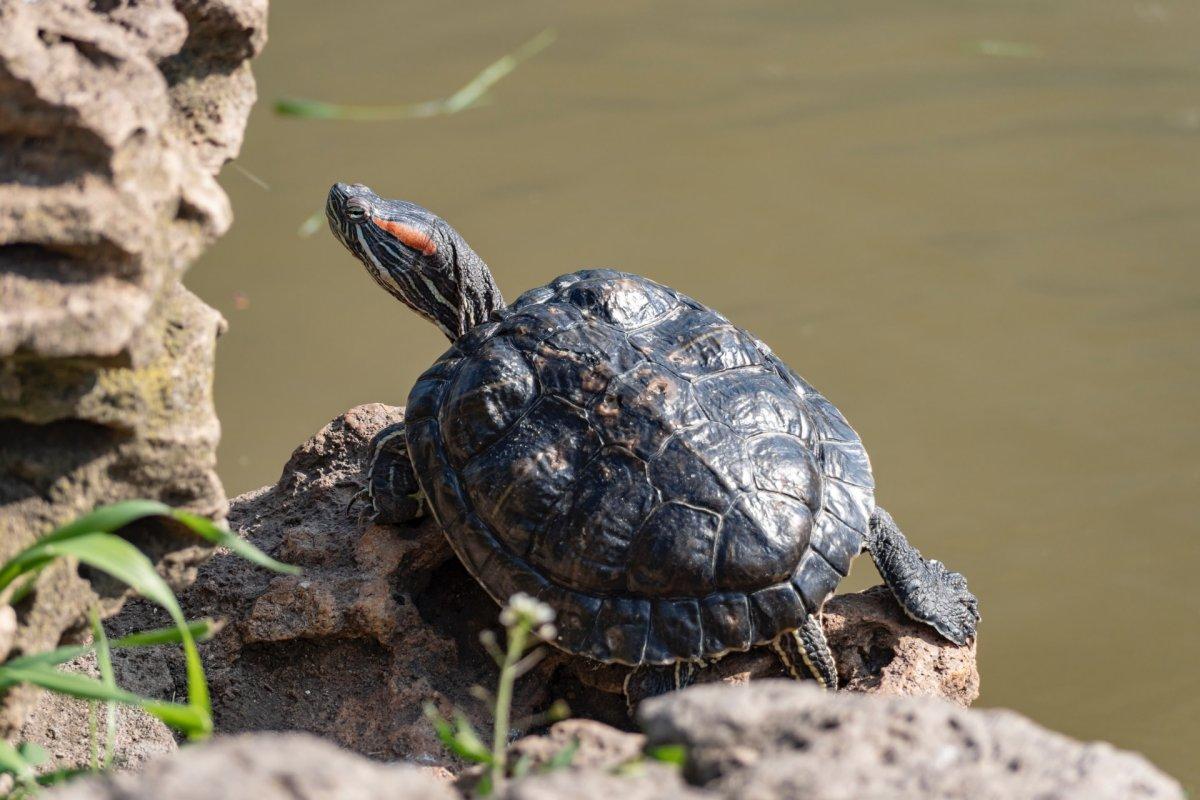
- Name: Pond slider
- Scientific name: Trachemys scripta
- Conservation status:
The pond slider is a species of common, semi-aquatic turtle native to North America, that was introduced to other parts of the world. It has characteristic red parts on its body and is one of the most common animals in the exotic pet trade.
Its name comes from its behavior when startled: it quickly slides away when sensing danger. Sometimes, it has been considered an invasive species and is closely monitored nowadays.
14. European hare
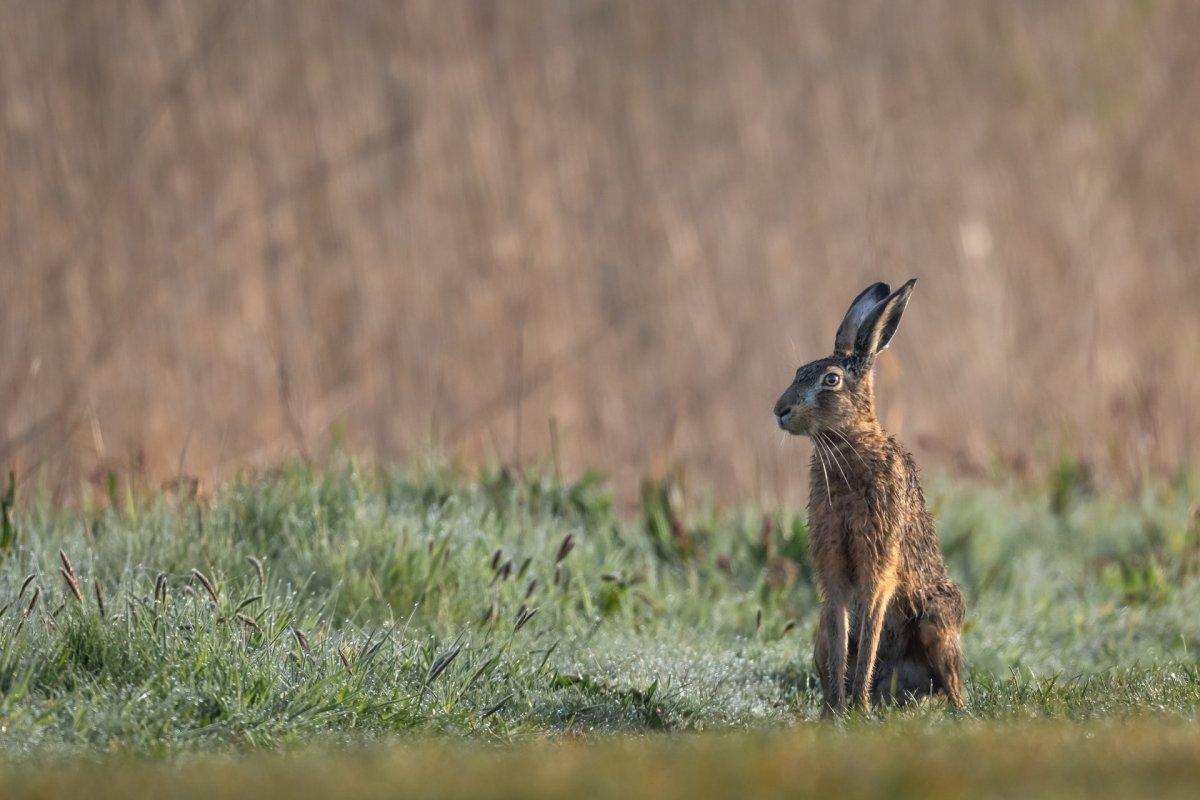
- Name: European hare
- Scientific name: Lepus europaeus
- Conservation status:
The European hare, also known as the brown hare, is a species of hare native to Europe and Asia. It is one of the largest members of its family and lives in an open, temperate country. It feeds on grasses and herbs, as well as twigs, bark, buds, and field crops, especially in the winter.
This animal is quite shy and nocturnal, so it can be very hard to spot… except during spring when it can be seen in broad daylight chasing one another!
15. European adder
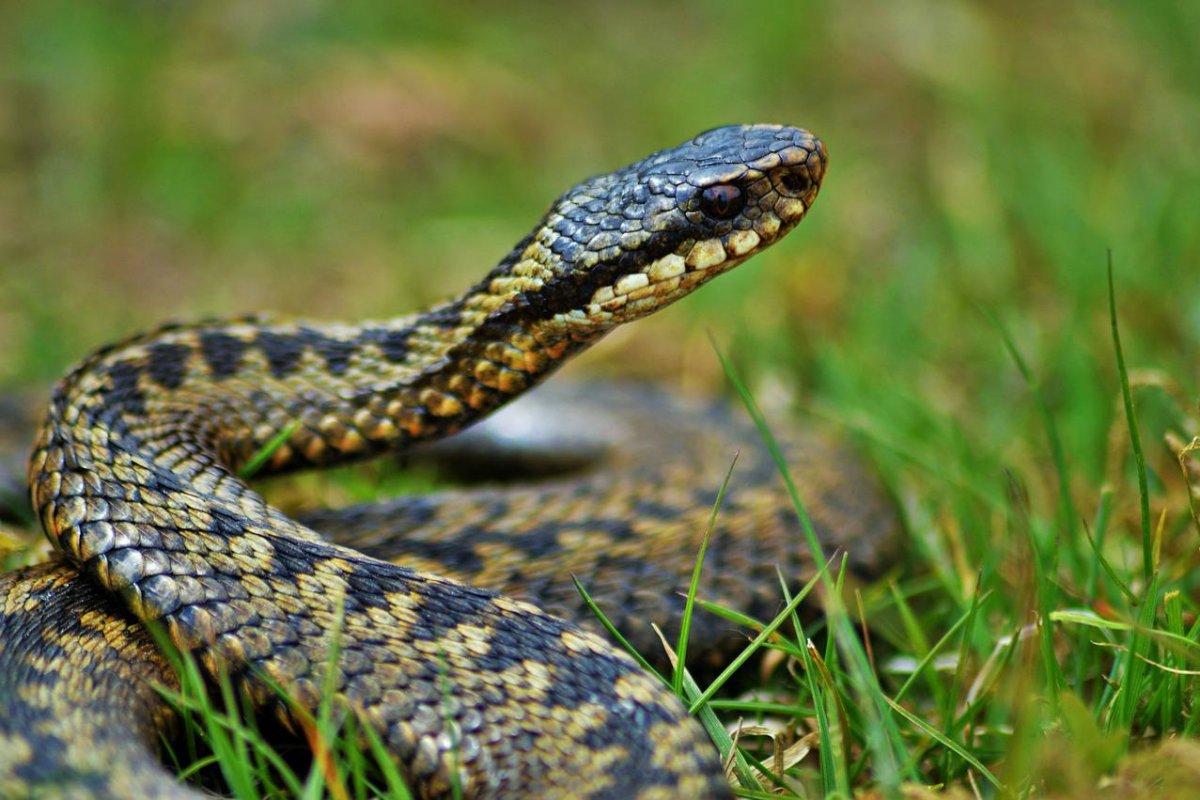
- Name: European adder
- Scientific name: Vipera berus
- Conservation status:
The European adder, also known as the European viper or the common adder, is a species of a venomous snake, extremely spread from eastern Europe to eastern Asia. It is an important part of folklore in both Britain and other European countries, and it is not particularly dangerous, as it only attacks when seriously provoked. Though its bite is very painful, it is rarely fatal.
This species has a wide range and lives in a complex habitat, where it can forage, hibernate and bask.
16. European jackal
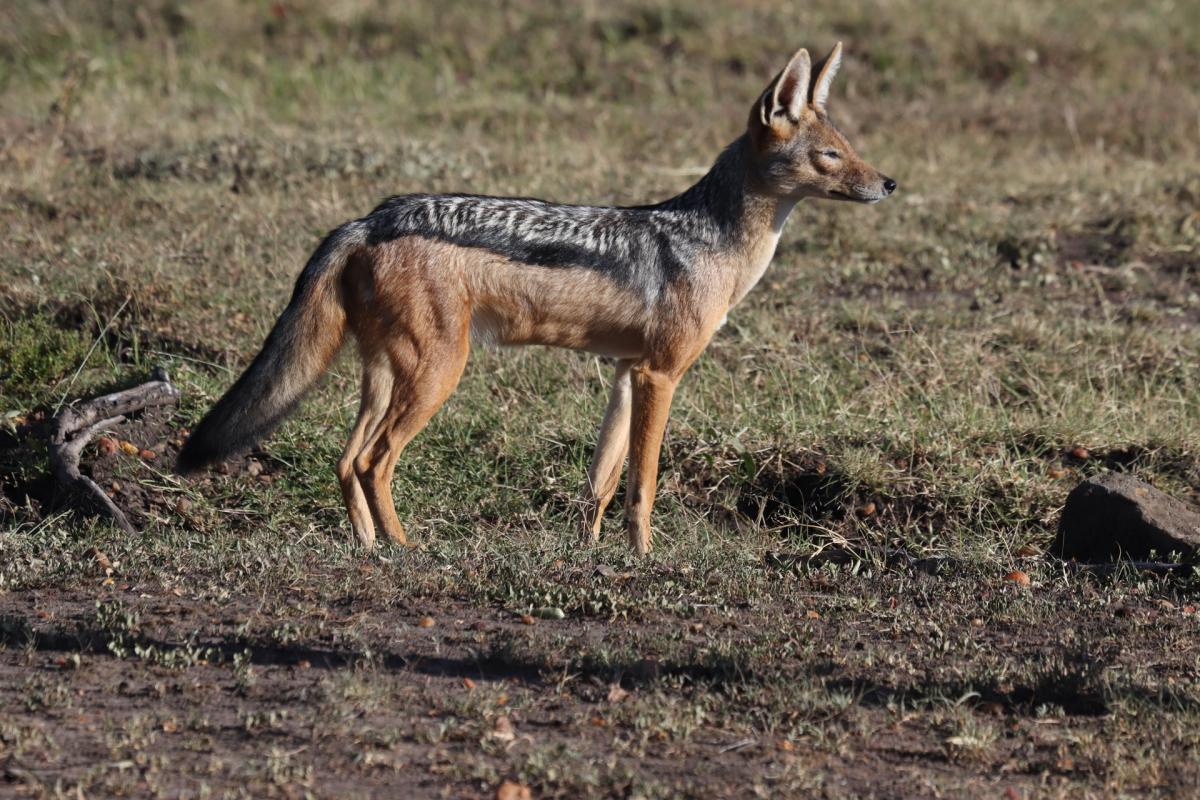
- Name: European jackal
- Scientific name: Canis aureus moreoticus
- Conservation status:
The European jackal is a species of canid native to southeastern Europe, the Caucasus, and Anatolia. There are around 100,000 individuals spread throughout Europe. This species is actually quickly spreading and colonizing more and more areas it is not native to. The reason for that is most likely the decline in gray wolf populations.
This jackal hunts hares and other small mammals, ducks, passerines, and sometimes snakes, lizards, and frogs.
17. Eurasian otter
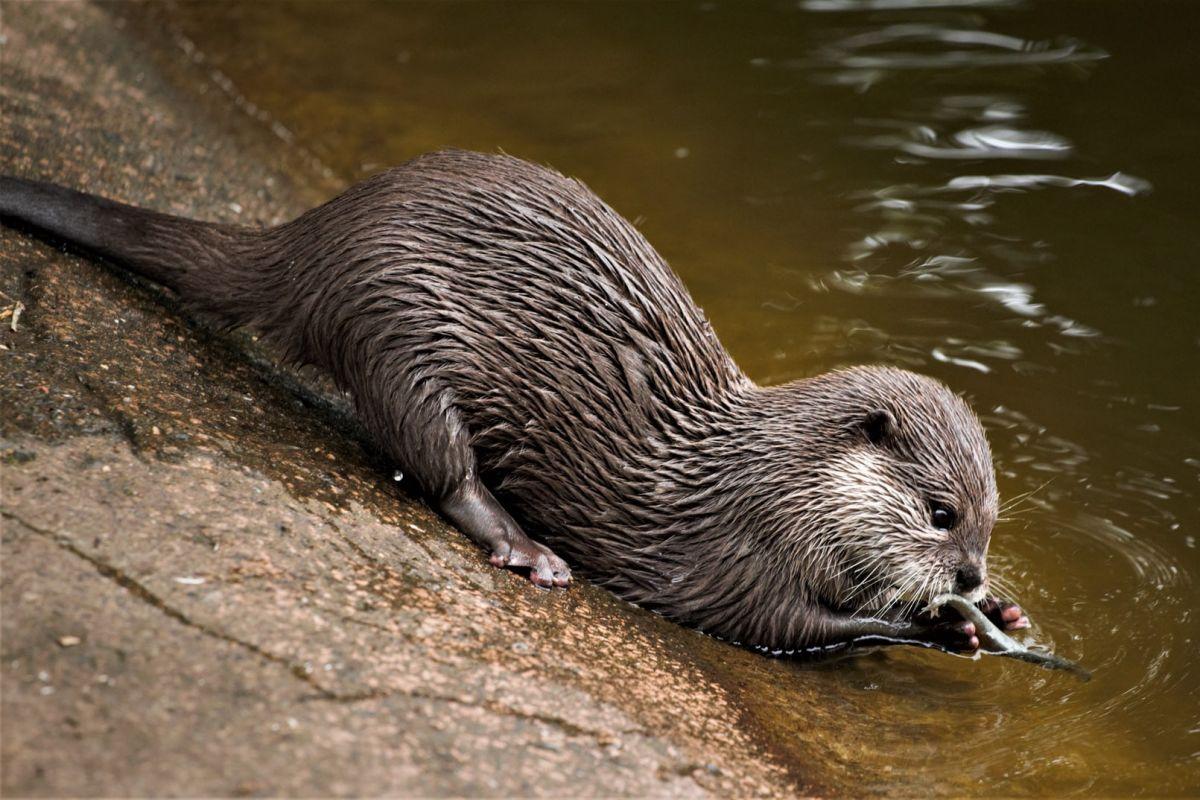
- Name: Eurasian otter
- Scientific name: Lutra lutra
- Conservation status:
The Eurasian otter, also known as the Old World otter, the common otter, or the European otter, is a species of semiaquatic mammal native to Eurasia, from southwestern Europe to northwestern Russia.
It is the most widely distributed species of otter in the world, as it lives in waterways all around the Northern Hemisphere. Due to its habitat, its diet is mostly made of fish, but it can also adapt and hunt birds, insects, and crustaceans.
18. European mink
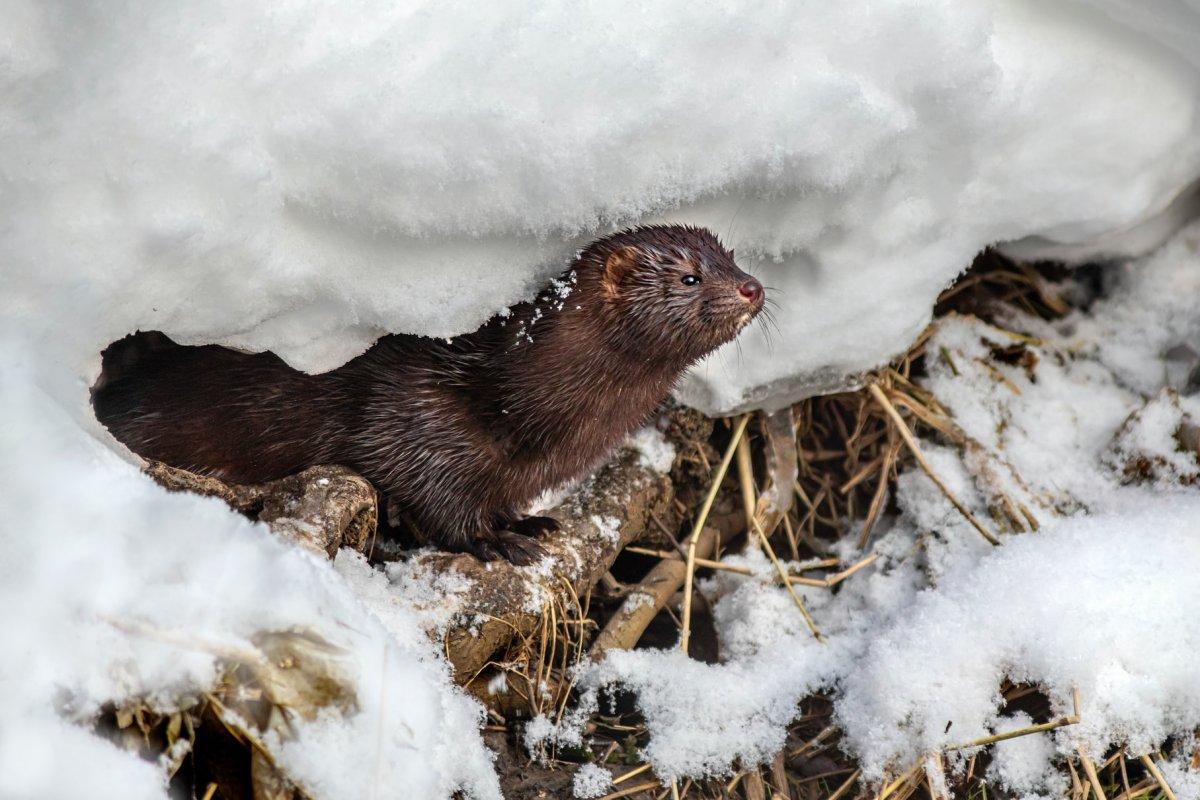
- Name: European mink
- Scientific name: Mustela lutreola
- Conservation status:
The European mink, also known as the Eurasian mink or the Russian mink, is a species of mustelid native to Europe. It is the most endangered animal on this list, as its global population has declined by more than 50 percent over the past 3 generations, and will probably decline by over 80 percent in the next 3: this is due to climate change, competition with other species, habitat destruction and hybridization with the European polecat.
—
So there you have them, these were my 18 animals of the Czech Republic wildlife. I hope you enjoyed this list and that you learned something new today.
In case you want to learn more about animals in the country, feel free to keep reading, as I still have lots of things to tell you about:
Endangered Animals of the Czech Republic
This is definitely the saddest part of the list, but it is very important to raise awareness. Because of this, let’s go through the list of endangered animals in the Czech Republic.
Here are the animals in danger of extinction in the Czech Republic.
- Carpathian wisent
- Sociable lapwing
- Slender-billed curlew
- Yellow-breasted bunting
- Common hamster
- European mink
- and 1 more…
- European souslik
- Steppe eagle
- Egyptian vulture
- Saker falcon
- European rabbit
- and 1 more…
To see the full list of endangered species in the Czech Republic, head over to the International Union for Conservation of Nature’s Red List.
What is the National Animal of the Czech Republic?
The national animal of the Czech Republic is a mythical animal, the double-tailed lion.
Believe it or not, the Czech Republic does not have any codified national animal, but rather a heraldic symbol that serves this purpose. The double-tailed lion, representing both sovereignty and power, can indeed be found on the national coat of arms. It wears a crown and its tails are crossed, making them look like two swords in battle!

How Many Animals Native to the Czech Republic?
What is the diversity of native animals in the Czech Republic?
Let’s look at the total number of species of Chordata (mammals, birds, fishes, and reptiles).
Total number of animal species in the Czech Republic: 574 (3,149 in total in Europe)
More About Animals in the World!
Loved these Czech Republic animal facts? Want to see what animals live in other countries?
Then check out these posts:
Or click here to see ALL the facts up on the blog! Spoiler alert: there’s A LOT of them.
Share the knowledge! Click on the buttons below to share information about these famous animals in the Czech Republic with your friends, and help them learn more about the world 🙂
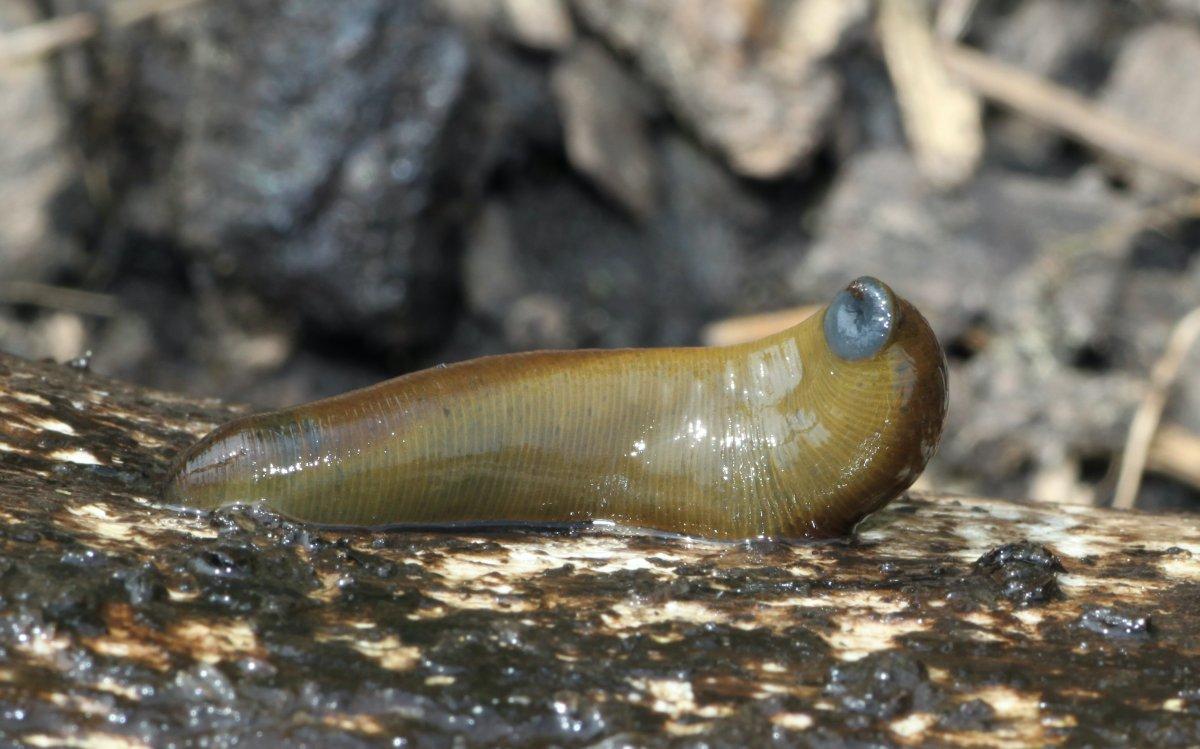
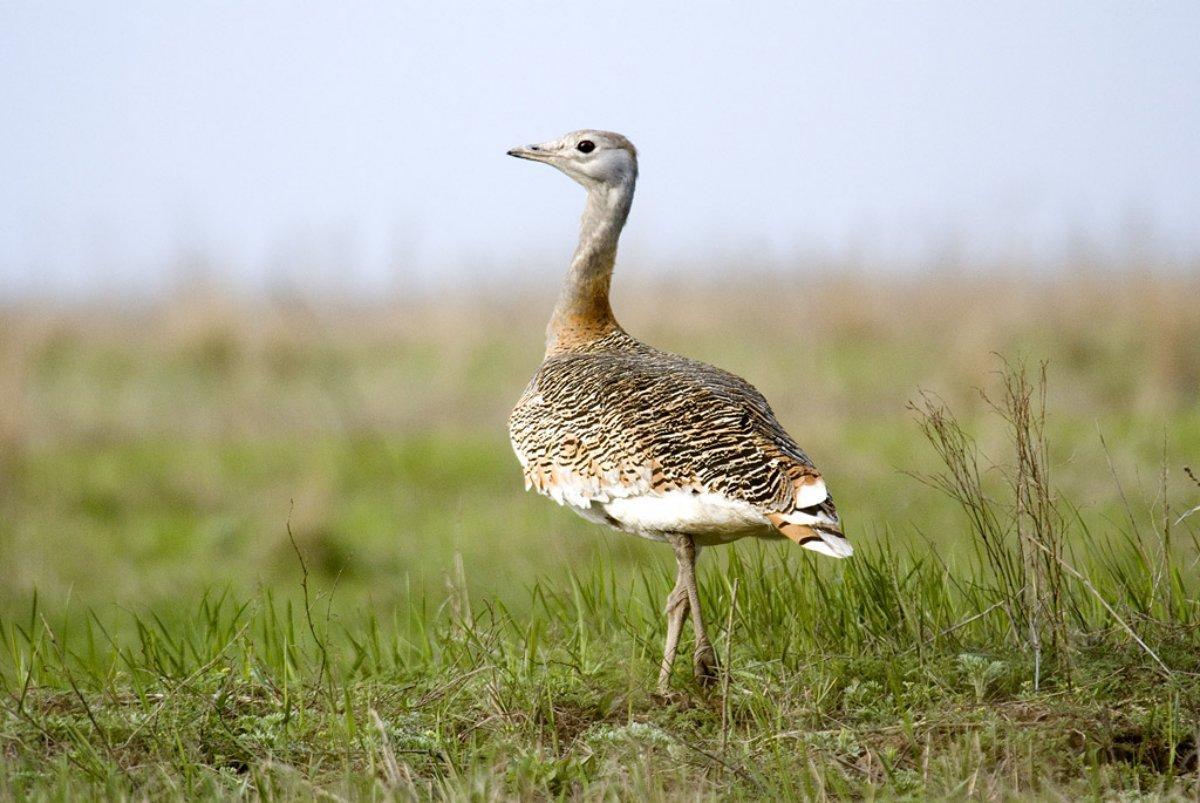

![77 Wild Animals in Kenya [Wildlife in Kenya]](https://www.kevmrc.com/wp-content/uploads/2022/12/77-wild-animals-in-kenya.jpg)
![21 Wild Animals in Fiji [Wildlife in Fiji]](https://www.kevmrc.com/wp-content/uploads/2023/01/21-wild-animals-in-fiji.jpg)
![13 Wild Animals in Eswatini [Wildlife in Eswatini]](https://www.kevmrc.com/wp-content/uploads/2022/12/13-wild-animals-in-eswatini.jpg)